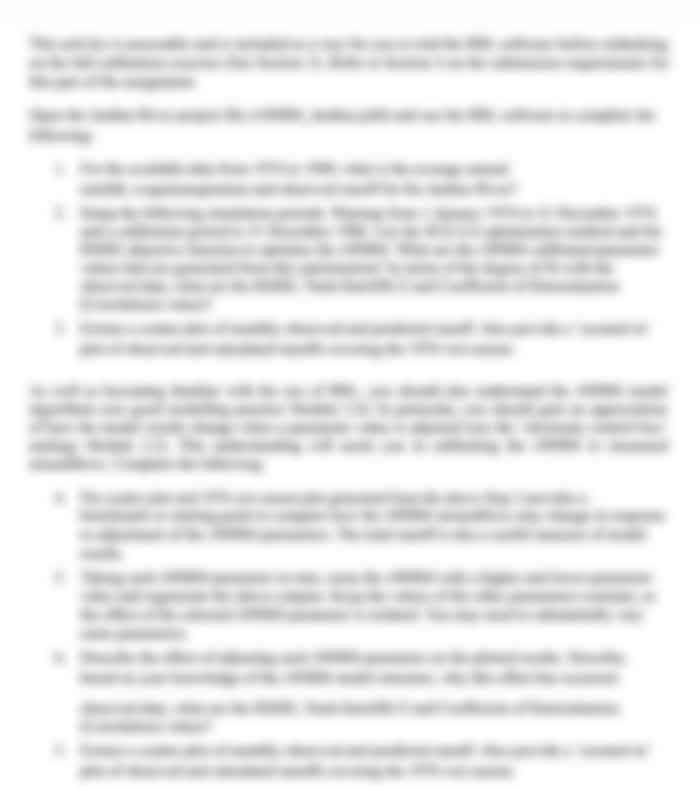Suicide Risk Assessment and Treatment Plan for Emily Johnson
1. Suicide Risk Assessment
Comprehensive Suicide Risk Assessment Using C-SSRS
- Question 1: Have you wished you were dead or wished you could go to sleep and not wake up?
o Emilys Response: Yes
- Question 2: Have you had any thoughts of killing yourself?
o Emilys Response: Yes
- Question 3: Have you considered how you might do this?
o Emilys Response: No
- Question 4: Have you had these thoughts and intended to act on them?
o Emilys Response: No
- Question 5: Have you started to exercise or worked out the details of how to kill yourself? Did you intend to carry out this plan?
o Emilys Response: No
- Question 6: Have you ever done anything, started to do anything, or prepared to do anything to end your life?
o Emilys Response: Yes (past, not within the past three months)
Risk Factors, Protective Factors, and Warning Signs
Risk Factors:
o History of Major Depressive Disorder with multiple severe episode.
o Suicidal ideation and past suicide attempt.
o Self-injurious behavior.
o Feeling of hopelessness and being a burden.
o Significant decline in mood, energy, and concentration.
o Changes in appetite and sleep pattern.
Protective Factors:
o Supportive family environment.
o Close-knit group of friends providing emotional support.
o Engagement in therapy for the past two years.
Warning Signs:
- o Increased frequency of deadly thoughts.
- o Expression of senses like a load.
- o Fantasizing about death.
Severity of Suicidal Thoughts
- Intent: No active intent to harm herself.
- Plan: No specific process.
- Means: No means or preparation to carry out a plan.
Consideration of Underlying Factors
- Mental Health Disorders: MDD with acute incident.
- Substance Abuse: None reported.
- Psychosocial Stressors: Perception of being responsible, low energy, and disrupted nap.
2. Comprehensive Treatment Plan
Treatment Goals
1. Ensure Safety: Immediate protection protocols to prevent incidents.
2. Reduce Depressive Symptoms: Manage signs of MDD through therapy and medication.
3. Enhance Coping Mechanisms: Develop effective strategies to manage distress and suicidal ideas.
4.Strengthen Support Systems: Leverage family and friends for ongoing emotional support.
Evidence-Based Interventions
1. Individual Therapy:
o Cognitive Behavioral Therapy (CBT): To address negative thought patterns and improve mood (Curtiss et al., 2021).
o Dialectical Behavior Therapy (DBT): To develop skills in distress tolerance, emotional regulation, and interpersonal effectiveness (Shea, 2020).
2. Medication Management:
o Antidepressants such as SSRIs or SNRIs to manage depressive symptoms.
o Regular monitoring by a psychiatrist (Chu & Wadhwa, 2023).
3. Family Therapy:
o Sessions involving family members to improve communication and support.
4. Crisis Response Planning:
o Develop a crisis intervention plan for times of acute distress.
5. Collaboration with Healthcare Professionals:
o Regular updates and consultations with Emilys primary care physician and psychiatrist.
Holistic Approach
- Incorporate individual therapy, family support, medication management, crisis response planning, and collaboration with other healthcare professionals(Gannotta et al., 2018).
3. Safety Plan
Step-by-Step Safety Plan
Warning Signs:
o Low energy and mood.
o Difficulty concentrating.
o Changes in appetite and sleep patterns.
o Increased thoughts of death.
Internal Coping Strategies:
o Relaxation Techniques: Deep breathing, mindfulness, meditation.
o Physical Activity: Walking, yoga, exercise.
o Distraction Techniques: Involving in activities, reading, and listening to music.
People and Social Settings for Distraction:
o Name: Friend A, Phone: XXX-XXX-XXXX
o Name: Friend B, Phone: XXX-XXX-XXXX
o Place: Local park, Place: Coffee shop
People Whom I Can Ask for Help:
o Name: Family Member A, Phone: XXX-XXX-XXXX
o Name: Family Member B, Phone: XXX-XXX-XXXX
o Name: Friend C, Phone: XXX-XXX-XXXX
Professionals or Agencies to Contact:
o Clinician Name: Dr. Smith, Phone: XXX-XXX-XXXX
o Clinician Name: Dr. Doe, Phone: XXX-XXX-XXXX
o Local Urgent Care Services: Address, Phone: XXX-XXX-XXXX
o Suicide Prevention Lifeline: 1-800-273-TALK (8255)
Making the Environment Safe:
o Remove sharp objects and medication from accessible areas.
o Ensure that there is no admission to means for self-harm.
Reflective Summary
Emily Johnsons case presents a nuanced picture of a young female grappling with Major Depressive Disorder and passive suicidal tendencies. The decision to suggest an Intensive Outpatient Program rather than inpatient hospitalisation is primarily based on an intensive assessment of her risk factors, shielding features, and common mental health history (Ng et al., 2019). Emilys threat elements include records of excessive depressive events, beyond-dangerous tries, and self-injurious conduct. Her current presentation, characterised by an increased passive-destructive mind and emotions of hopelessness, warrants instantaneous attention. The absence of a concrete plan or motive to act on her thinking indicates that her situation is serious, it is not yet an acute disaster level requiring such care (Cybulska et al., 2020).
The protecting element performs a critical function on this choice. Emily has a supportive family and a close-knit group of pals who provide emotional balance and a sense of belonging. This robust social guide network is instrumental in her normal dealings and extensively reduces her instant danger of injury. Her consistent engagement in remedy over the past years demonstrates her dedication to coping with her mental fitness and leveraging professional help (Crouch et al., 2018). An IOP is suitable because it gives dependent healing surroundings that let Emily gain extensive remedy even while retaining her daily workout and connection along with her useful resource gadget. This equilibrium is critical for her experience of normalcy and balance, which may be disrupted by inpatient hospitalisation. The IOP will provide complete care, along with private cure, medicinal drug control, and disaster reaction planning, all of which may be crucial components of her treatment plan (Amft, 2023).
Inpatient hospitalisation might be reserved for situations where there is an instantaneous and energetic hazard of suicide, which includes the presence of a particular scheme and reason to carry it out. In comparison, Emilys current level of trouble is managed via structured outpatient care, exploiting her defensive factors and supplying a holistic technique to her remedy (Sarkhel et al., 2023). Considering various stages of care, along with the residential therapy centers, PHP, and IOP, highlights the importance of matching the depth of care with the affected individual needs. For Emily, the IOP offers an important guide without disruptive outcomes, ensuring a stable way that prioritises both protection and an exceptional way of life (Anderson et al., 2017).
Are you struggling to keep up with the demands of your academic journey? Don't worry, we've got your back!
Exam Question Bank is your trusted partner in achieving academic excellence for all kind of technical and non-technical subjects. Our comprehensive range of academic services is designed to cater to students at every level. Whether you're a high school student, a college undergraduate, or pursuing advanced studies, we have the expertise and resources to support you.
To connect with expert and ask your query click here Exam Question Bank

